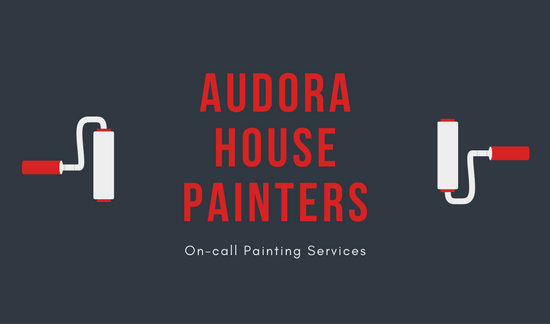Explore The Factors Low-VOC Paints Are Progressively Crucial For Preserving Healthier Homes, Yet Take Into Consideration Whether Their Disadvantages Exceed The Benefits. Learn The Facts Inside
Explore The Factors Low-VOC Paints Are Progressively Crucial For Preserving Healthier Homes, Yet Take Into Consideration Whether Their Disadvantages Exceed The Benefits. Learn The Facts Inside
Blog Article
Content Composed By-Ochoa McCann
When you think about painting your home, you could overlook the value of the paint's composition. Low-VOC paints are made to reduce interior air contaminants, making them a smarter choice for your family's health and wellness and the environment. While they feature certain disadvantages, like longer drying times, they likewise provide contemporary aesthetic appeals and boosted performance. You could question if the advantages absolutely outweigh the disadvantages, specifically when you're aiming for a stylish surface. Comprehending the full scope of low-VOC choices might transform your point of view on your following paint task.
Comprehending Low-VOC Paints
When you choose low-VOC paints, you're going with a product that releases less unstable natural compounds, which can be dangerous to both your health and the setting.
VOCs are chemicals discovered in several paint products that can evaporate into the air and contribute to interior air pollution. By choosing low-VOC options, you're lowering the variety of these discharges, making your home much safer.
Low-VOC paints generally contain 50 grams per liter or fewer VOCs, contrasted to conventional paints that can contain up to 250 grams per liter. This means that when you paint your home with low-VOC items, you're not just making a choice for looks; you're likewise taking an action towards a much healthier indoor environment.
These paints can be found in a range of finishes and colors, so you won't have to endanger on design. They're suitable for both interior and exterior jobs, supplying longevity and coverage like their traditional counterparts.
Plus, several makers are now focusing on producing low-VOC formulations without giving up performance. Understanding low-VOC paints empowers you to make educated choices for your home and wellness while adding to ecological preservation.
Advantages of Low-VOC Options
Why select low-VOC choices for your painting jobs? First off, they're much better for your health and wellness. Low-VOC paints send out less unstable natural substances, which indicates you lower your direct exposure to hazardous chemicals. https://interior-painters-near-me97284.vidublog.com/32332575/admire-the-transformative-power-of-painting-techniques-in-broadening-little-rooms-opening-keys-to-produce-illusions-of-vastness is specifically crucial if you're repainting inside or have youngsters and family pets in your home.
You'll additionally appreciate the environmental advantages. https://www.express.co.uk/life-style/property/876890/tips-for-selling-your-home-dark-paint-colours add less to air contamination, making them a greener option. By opting for low-VOC alternatives, you're sustaining lasting practices and assisting to produce a much healthier planet.
Another perk is the boosted indoor air quality. Low-VOC paints help preserve fresher air in your house, which can bring about an extra comfy living area.
Plus, several low-VOC paints are just as durable and resilient as traditional choices, so you will not give up high quality for security.
Lastly, you'll find a variety of colors and finishes offered in low-VOC formulas, so you can still accomplish the appearance you desire without endangering on your health or the atmosphere.
Choosing low-VOC paints is a smart, liable decision for your painting projects.
Possible Downsides to Take Into Consideration
While low-VOC paints use countless advantages, there are some possible downsides to keep in mind. One significant worry is their efficiency contrasted to traditional paints. Low-VOC options might not always provide the same level of resilience and protection, which can result in even more frequent touch-ups or a requirement for additional layers. This can be irritating and lengthy throughout your painting project.
One more issue is the drying time. Low-VOC paints usually take longer to completely dry than their high-VOC equivalents, which can expand your job timeline. If you get on a limited routine, this might be a disadvantage to think about.
You should additionally know that low-VOC paints can in some cases have a different surface or appearance. If you're going for a details visual, see to it to check samples to guarantee the outcome meets your expectations.
Last but not least, while low-VOC paints are usually safer, they can still emit some fumes. Correct ventilation is necessary during and after application, so be prepared to air out your space successfully.
Verdict
In conclusion, low-VOC paints are a smart selection for any individual wanting to develop a much healthier home setting. They minimize interior air pollution and are much safer for your family, particularly if you have children or pets. While you may manage even more frequent touch-ups and longer drying out times, the benefits far surpass these disadvantages. With elegant alternatives offered, switching to low-VOC paints is a step toward sustainable living that you won't be sorry for.
